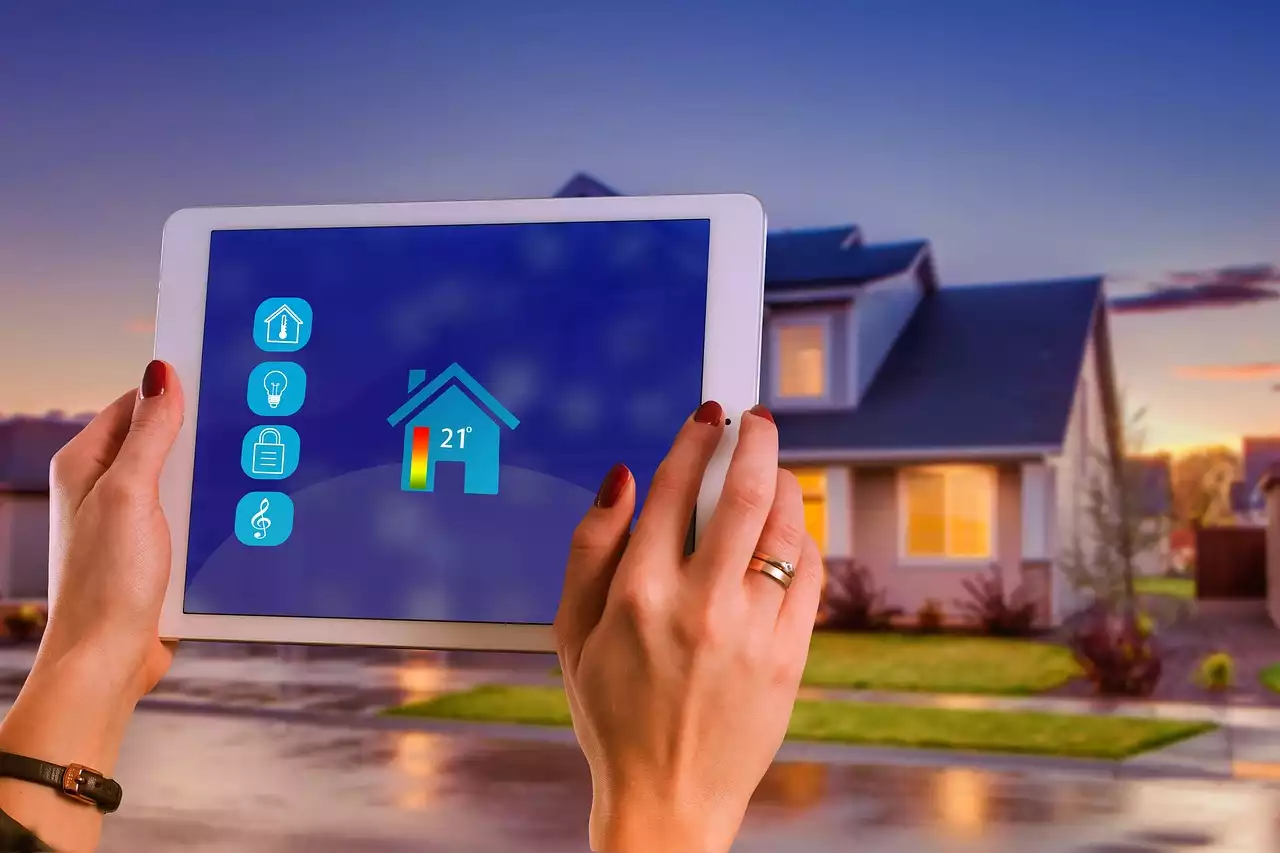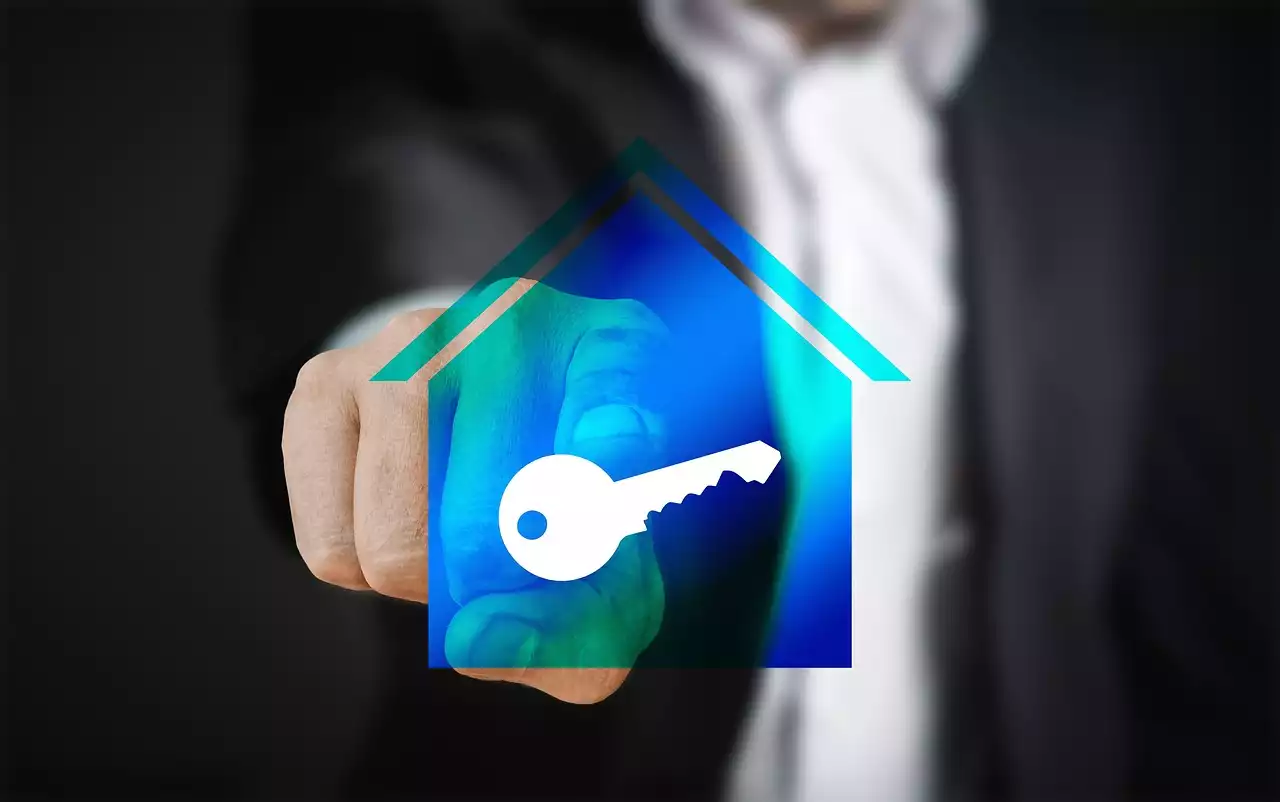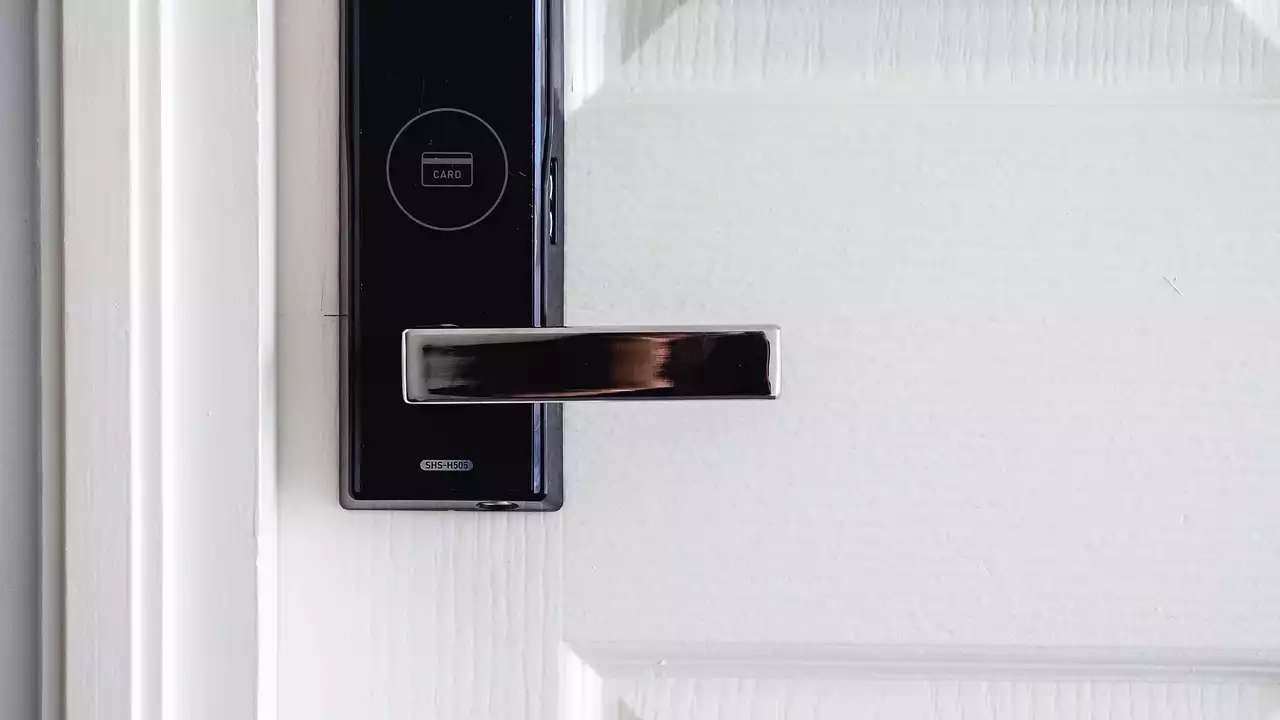What is a smart home security system?
A smart home security system is a technology-driven system that provides security for your home. These systems use sensors and other technology to monitor your home for signs of danger or threats. Many modern security systems are constructed with smart technology, which allows the systems to connect to your home WiFi network and receive updates remotely. This allows homeowners to control their systems from a smartphone app and set schedules for when the systems should be turned on or off. A smart home security system is ideal for homeowners who want to feel more secure in their homes and have peace of mind knowing that they can keep an eye on things from anywhere. These systems can be customized to fit your needs and are available in a wide range of models. Some of the most common features include home security cameras, doorbell cameras, motion sensors, and more.
Benefits of a smart home security system
There are many benefits to installing a smart home security system in your home. These systems are designed to provide you and your family with added security and peace of mind.
- Improved security - By installing a smart security system, you can reduce the risk of break-ins and other threats to your home. These systems are designed to detect suspicious activity and notify you if there is any cause for concern.
- Better home monitoring - Smart home security systems are also designed to monitor your home for environmental factors. These systems can be programmed to monitor temperatures, humidity levels, and other factors that may affect the health and safety of your home.
- Convenient automation - Another advantage of installing a smart security system is that you can automate many of the system’s functions. You can program your system to turn on and off at certain times, adjust temperature settings, and more.
- Improved indoor climate - Another benefit of installing a smart home security system is that it can improve the climate in your home and make your home more comfortable. These systems can be programmed to adjust temperature settings, run air purifiers, and more.
- Peace of mind - A smart home security system is designed to give you peace of mind and allow you to feel more secure in your home. These systems are connected to WiFi and can be controlled from a smartphone app, allowing you to monitor your home from anywhere.
Different types of smart home security systems
There is a wide range of different types of smart home security systems available. These systems are designed with different features and functionality, so selecting the right system for your needs can be a bit tricky. When selecting a smart home security system, it’s important to consider factors such as the types of sensors and detectors the system has, the system’s range and coverage, the system’s app and user interface, and more.
- Wired security systems - Wired security systems are wired directly into your home’s electrical systems. These systems are easy to install and are more reliable since they are plugged directly into your home’s electrical systems. However, wired systems can be more difficult to customize.
- Wireless security systems - Wireless security systems are connected to your home WiFi network and do not require wiring. This makes them easier to install and more convenient, but they are not as reliable as wired systems.
Features of the leading smart home security systems
When selecting a smart home security system, it’s important to consider the features of each system and how those features will benefit you and your home. There is a wide range of features available with different smart home security systems, including security cameras, doorbell cameras, two-way audio, motion sensors, and more.
- Security cameras - Security cameras are a common feature on many smart home security systems. These cameras allow you to monitor your home from anywhere and keep an eye on loved ones when they’re away from home.
- Doorbell cameras - Some smart home security systems include doorbell cameras that allow you to monitor visitors at your front door. These cameras are convenient since they allow you to see who is at your door without having to physically be there.
- Two-way audio - A valuable feature of many smart home security systems is two-way audio. This allows you to speak to visitors at your door and interact with people at a distance. Two-way audio is also helpful with security cameras that only allow you to monitor activity but not speak to people.
- Motion sensors - A common feature of smart home security systems is motion sensors. These devices are designed to detect motion and send an alert if they detect suspicious activity in certain areas of your home.
- Other features - Other features commonly found on smart home security systems include Wi-Fi connected sensors, smart hub technology, and more.
How to choose the best smart home security system for you
When selecting the best smart home security system for your needs, it’s important to consider several factors such as the system’s features, the system’s price, and more. There is a wide range of different systems available, so finding the right system for your home will take some research and consideration.
Installation and setup of a smart home security system
Before installing a smart home security system, make sure the system is compatible with your current setup and has the required wiring. After that, you can follow the installation instructions on the system’s packaging and plug the system into your home’s electrical system. Next, you will want to connect the system to your home WiFi network and download the system’s app. Once the system has been installed, you can program it to your desired settings and set schedules for when the system should be turned on or off. If you have a smart home security system, you will want to keep it up to date and check for software updates from time to time. These updates are designed to improve the system’s functionality and provide new features. Updating your system is easy and only takes a few minutes.










